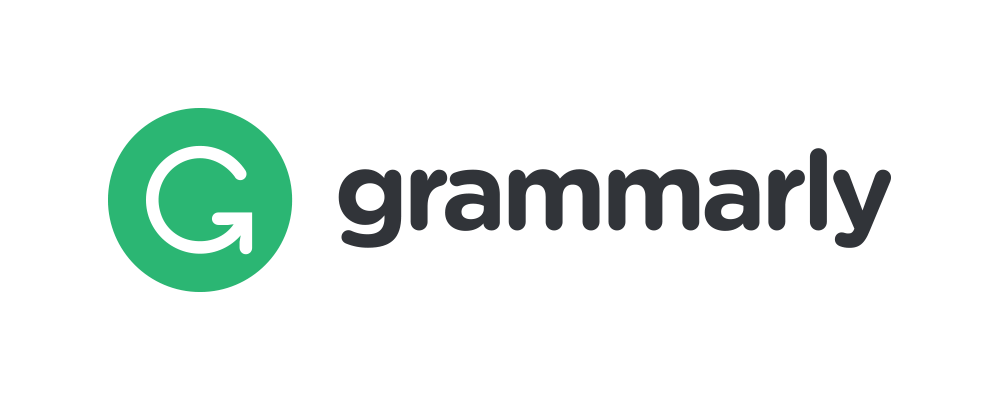Upaya Meningkatkan Pemahaman tentang Kegiatan Ekonomi dan Pekerjaan menggunakan Model Pembelajaran Think Pair Share (TPS) pada siswa Kelas IVA SDN Tanahwulan 1 Kecamatan Maesan Kabupaten Bondowoso
Abstract
Low understanding of economic activities and work in grade IVa students is the focus of research. This is reinforced by observational data conducted by researchers related to the understanding of economic and work activities that are very concerning, from 22 students observed, only 45% or 10 students obtained scores above the minimum completeness criteria set at 63, with the results of assessing student activities during classroom learning on average 47% with poor criteria. The results of the study can be concluded that the use of the Think Pair Share (TPS) learning model can increase students' understanding of economic activities and work. This can be seen from the results of the analysis of each indicator in this study increased sharply from the initial condition to the final stage of action. This increase in social studies understanding of economic and work activity material is marked by an increase in learning completeness in cycle 1 obtained above KKM by 66% and in cycle 2 by 100%, with the average value of student evaluation in cycle 1 of 73, while in cycle 2 of 85
Downloads
References
Arikunto, Suharsimi. Suhardjono. Supardi. 2006. Penelitian Tindakan Kelas. Jakarta: PT. Bumi Aksara.
Asy’ari, dkk. 2007. Ilmu Pengetahuan Sosial SD kelas 6. Jakarta: Erlangga
Azhar, Lalu Muhammad. 1993. Proses Belajar Mengajar Pola CBSA. Surabaya: Usaha Nasional Surabaya Indonesia.
Djamarah, Syaiful Bahri dan Zain, Aswan. 2002. Startegi Belajar Mengajar. Jakarta: Rineka Cipta.
Djamarah, Syaiful Bahri. 1994. Prestasi Belajar dan Kompetensi Guru. Surabaya:
Usaha Nasional
Goleman, D. (2001). Kecerdasan Emosi untuk Mencapai Puncak Prestasi.
Jakarta: Gramedia Pustaka Utama.
Indrastuti, dkk. 2007. Buana Ilmu pengetahuan Sosial kelas 6 SD. Bogor: Yudhistira.
Iriani, S. (2017). Peningkatan Kemampuan Membaca Pemahaman Dengan Model Pembelajaran Kooperatif Tipe Think Pair Share Pada Pelajaran Bahasa Indonesia Siswa Kelas Iv Sdn 004 Pagaran Tapah Darussalam. Primary: Jurnal Pendidikan Guru Sekolah Dasar, 6(1), 89–97. https://doi.org/10.33578/jpfkip.v6i1.4092
Kusuma, F. W., & Aisyah, M. N. (2012). Implementasi Model Pembelajaran Kooperatif Tipe Think Pair Share Untuk Meningkatkan Aktivitas Belajar Akuntansi Siswa Kelas Xi Ips 1 Sma Negeri 2 Wonosari Tahun Ajaran 2011/2012. Jurnal Pendidikan Akuntansi Indonesia, 10(2), 43–63. https://doi.org/10.21831/jpai.v10i2.912
Purwanto, Ngalim. 2007. Psikologi Pendidikan. Bandung: PT. Remaja
Rosdakarya.
Sardiman, A.M. 2007. Interaksi dan Motivasi Belajar Mengajar. Jakarta: Rajawali Pers.
Sadipun, B. (2020). Penerapan Model Pembelajaran Kooperatif Tipe Think Pair Share Untuk Meningkatkan Pemahaman Konsep Siswa. Inteligensi : Jurnal Ilmu Pendidikan, 3(1), 11–16. https://doi.org/10.33369/jp2ms.4.3.383-393
____________. 2008. Strategi Pembelajaran Berorientasi Standar Proses Pendidikan. Jakarta: Kencana Prenada Media Group
Widodo, J. (2007). Efektivitas Penggunaan Metode Think Pair Share Dalam Pembelajaran Ekonomi Pokok Bahasan Pembentukan Harga Pasar Di Smp. Jurnal Pendidikan Ekonomi, 2(1), 105–122.
Winkel, W.S. 1989. Psikologi Pendidikan dan Evaluasi Belajar. Jakarta: Gramedia.
Copyright (c) 2023 Yayuk Susilawati

This work is licensed under a Creative Commons Attribution-ShareAlike 4.0 International License.
Jurnal allows anyone to compose, correct, and do derivative works, even for commercial purposes, as long as they credit for the original work. This license is the freest. It is recommended for maximum distribution and use of licensed material.
The submitted paper is assumed not to contain any proprietary materials that are not protected by patent rights or patent applications; The responsibility for technical content and protection of proprietary materials rests with the authors and their organizations and not the responsibility of journal or its editorial staff. The primary (first/appropriate) author is responsible for ensuring that the article has been viewed and approved by all other authors. The author's responsibility is to obtain all necessary copyright waivers to use any copyrighted material in the manuscript before submission.
Jurnal Pendidikan, Sains dan Teknologi allows the author(s) to hold the copyright without restrictions and allow the author(s) to retain publishing rights without restrictions. Jurnal Pendidikan, Sains dan Teknologi CC-BY-SA or an equivalent license as the optimal license for the publication, distribution, use, and reuse of scholarly work. Jurnal Pendidikan, Sains dan Teknologi allows the author(s) to hold the copyright without restrictions and allow the author(s) to retain publishing rights without restrictions. Jurnal Pendidikan, Sains dan Teknologi CC-BY-SA or an equivalent license as the optimal license for the publication, distribution, use, and reuse of scholarly work.
In developing strategy and setting priorities Jurnal Pendidikan, Sains dan Teknologi recognize that free access is better than priced access, libre access is better than free access, and libre under CC-BY-SA or the equivalent is better than libre under more restrictive open licenses. We should achieve what we can when we can. We should not delay achieving free in order to achieve libre, and we should not stop with free when we can achieve libre.
Jurnal Pendidikan, Sains dan Teknologi is licensed under a Creative Commons Attribution-ShareAlike 4.0 International License.
You are free to:
- Share a copy and redistribute the material in any medium or format
- Adapt a remix, transform, and build upon the material for any purpose, even commercially.
- The licensor cannot revoke these freedoms as long as you follow the license terms.









